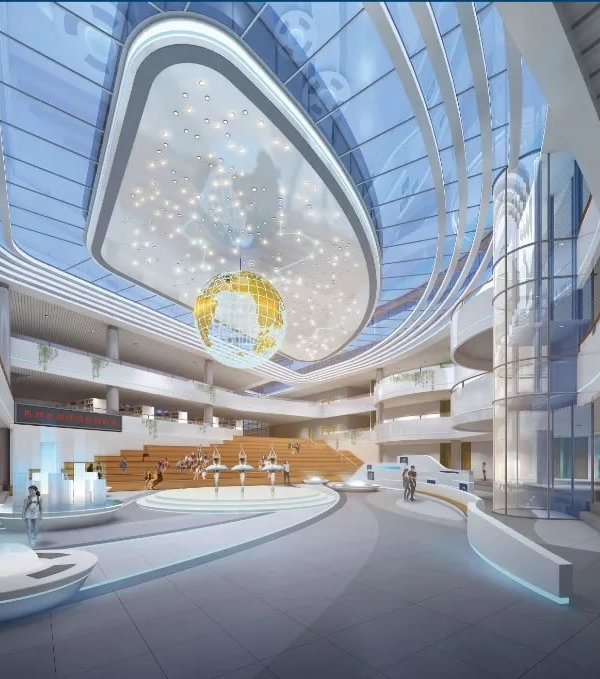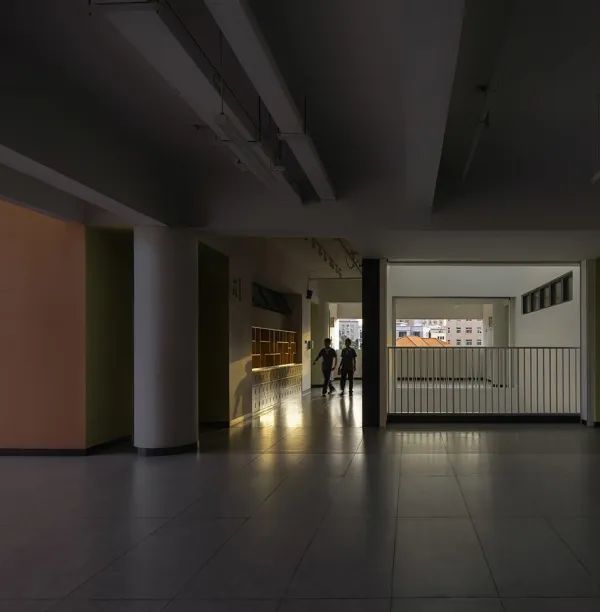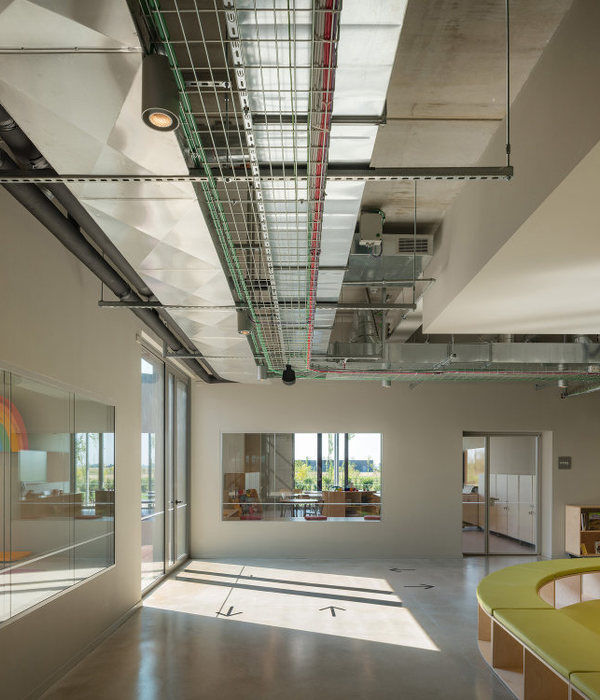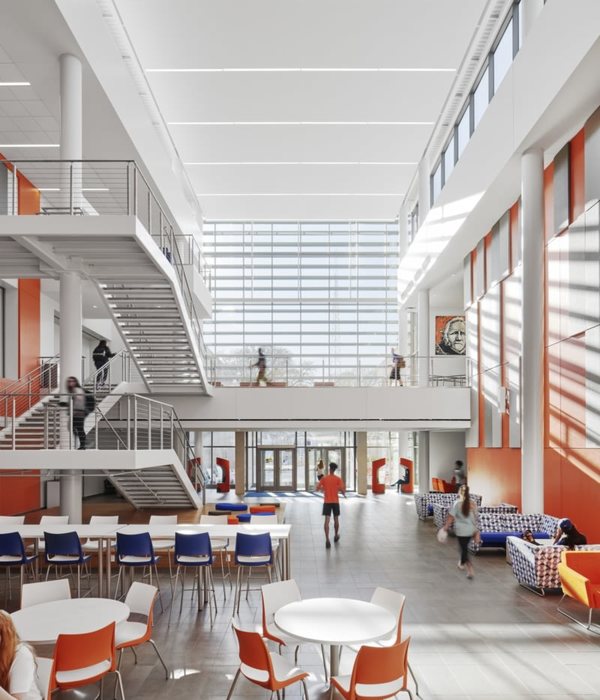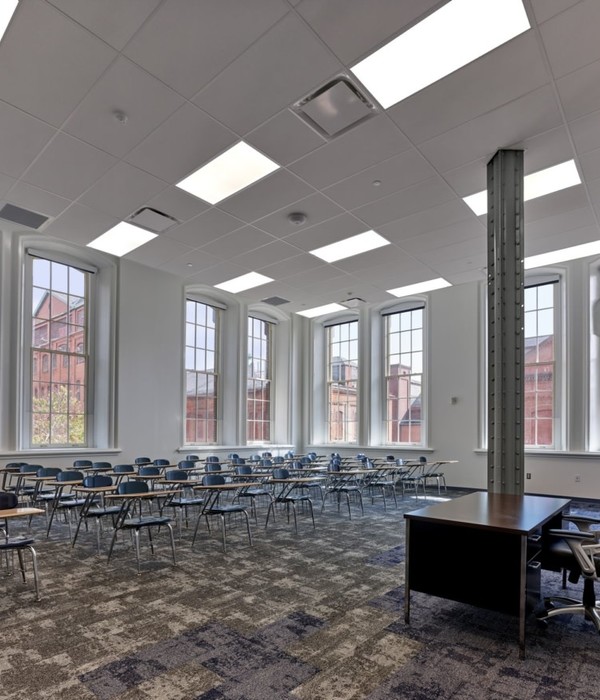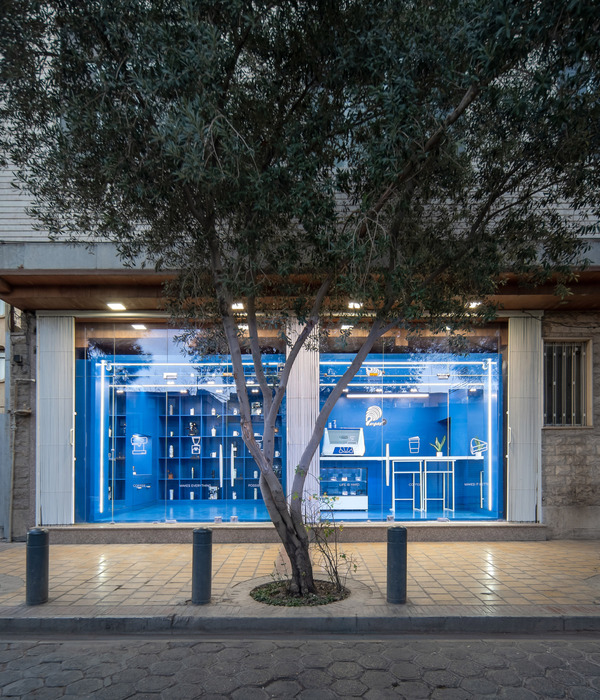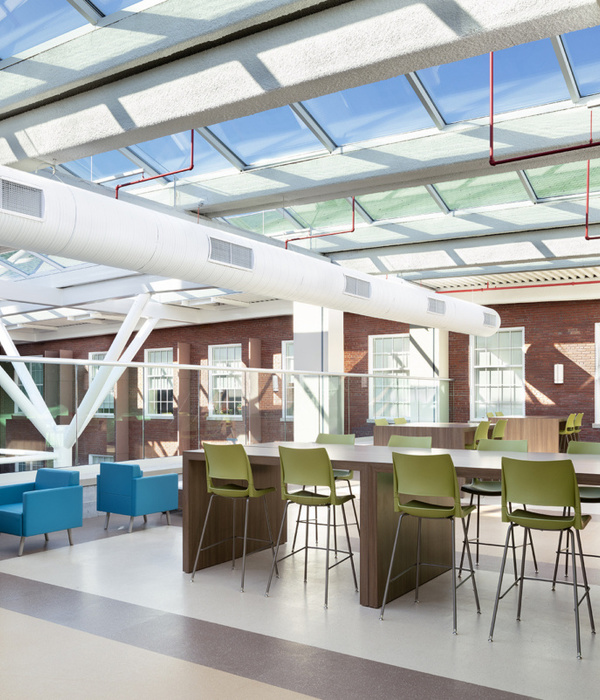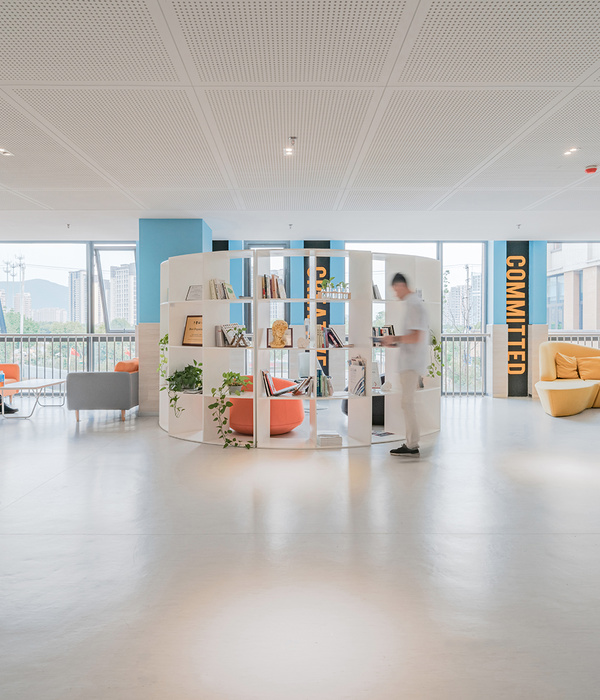CO Architects completed the Ernest E. Tschannen Science Complex at Sacramento State University to serve as an educational and cultural hub for students and faculty in Sacramento, California.
The new 5 story, $91.5‐million building features a state-of-the-art, energy-efficient, light-filled science facility providing teaching and research laboratories for the College of Natural Sciences & Mathematics. The facility is designed as a space for students to investigate solutions for climate change, healthy aging, and many other worldwide challenges.
Set on the banks of the American River, the facility provides indoor and outdoor student collaboration spaces and terraces, 20 classroom labs, 10 research labs, one hybrid lab, three lecture halls, a roof‐top observatory, as well as a 120‐seat planetarium open to the community. The facility is the university’s first new academic building in nearly 15 years.
CO Architects’ façade design pays homage to the nearby American River; the concept relates to the rippling effect created when a stone is thrown into water. The location of the planetarium at the building’s inward inflection point represents the stone’s impact on the river, while the patterned window system radiates outward to emulate the ripples formed. Polished, dark concrete and spandrel glass, along with vertical and horizontal concrete bands and metal sunshades, additionally signify elements of nature.
Instructional laboratories have large expanses of glass adjacent to public corridors in order to promote “science on display” and connect students and faculty. These corridors branch out toward the east and west from central lobbies on each floor. Filled with natural light during the day, and a soft glow at night, the open lobbies act as the heart of the building, where students can collaborate and study in specially designed spaces. An observatory accessible from the building’s rooftop features a retractable roof and two telescopes to serve as a location for viewing the cosmos. The planetarium has a 2,500‐square‐foot dome offering a versatile high‐tech environment that serves as a venue for education, public events, and field trips.
The integrated landscape, featuring a man‐made earth berm and native plantings, provides opportunities for biologists and botanists to experiment and teach outside their labs. An outdoor plaza offers shade for gathering, studying, and resting. A green roof is accessible from a continuous ramp and stairs. This campus public space complements the Student Union across from the science complex and creates synergies as a campus activity node.
Targeting LEED Gold certification, the building’s shape and north‐south orientation minimizes solar heat gain, increase energy efficiency, and reduce cost. Roof drains and site pavements draining to water‐control devices—bioswales and green roofs—reduce the volume of on‐site runoff by 25 percent. Shading strategies, reflective roof finishes, thermal‐bridging, and interior LED lighting resist transferring heat to the building.
Architects: CO Architects Photography: Tom Bonner
12 Images | expand images for additional detail
{{item.text_origin}}

